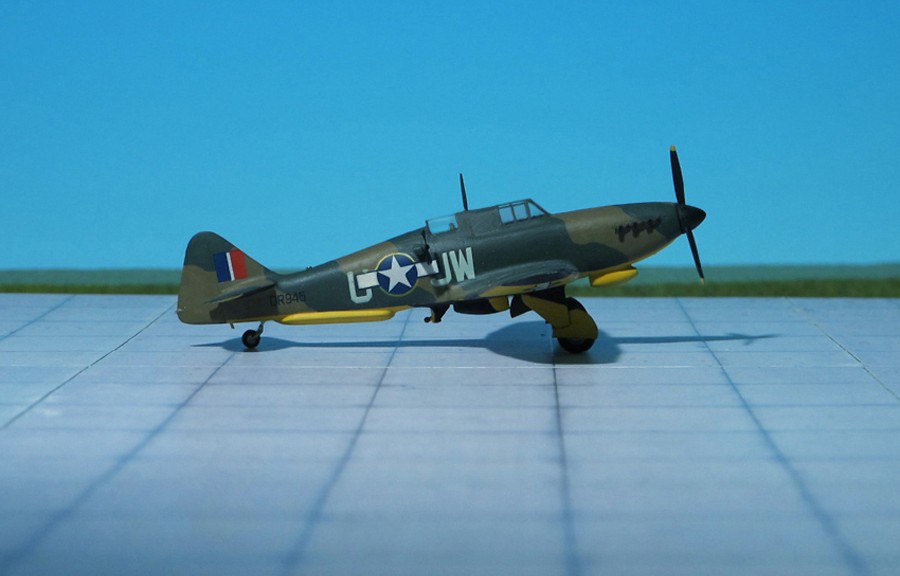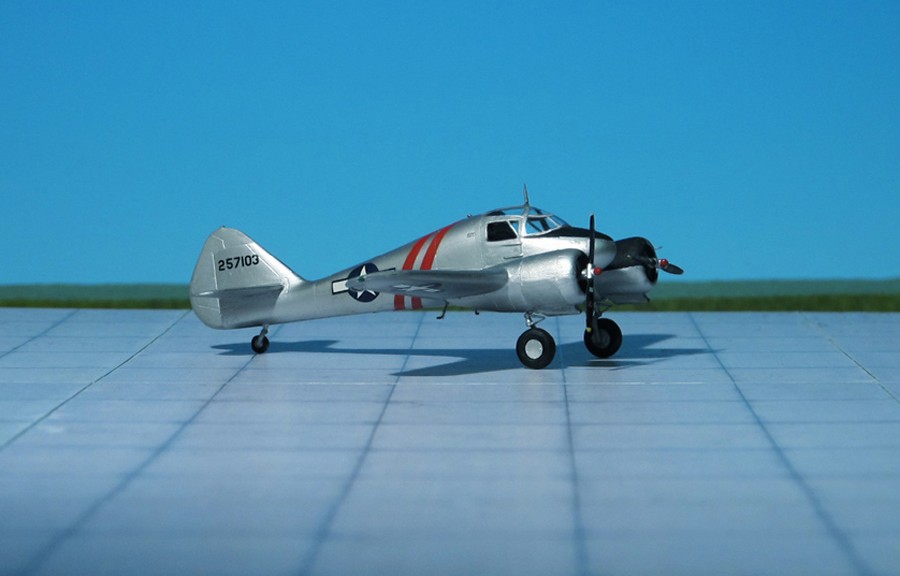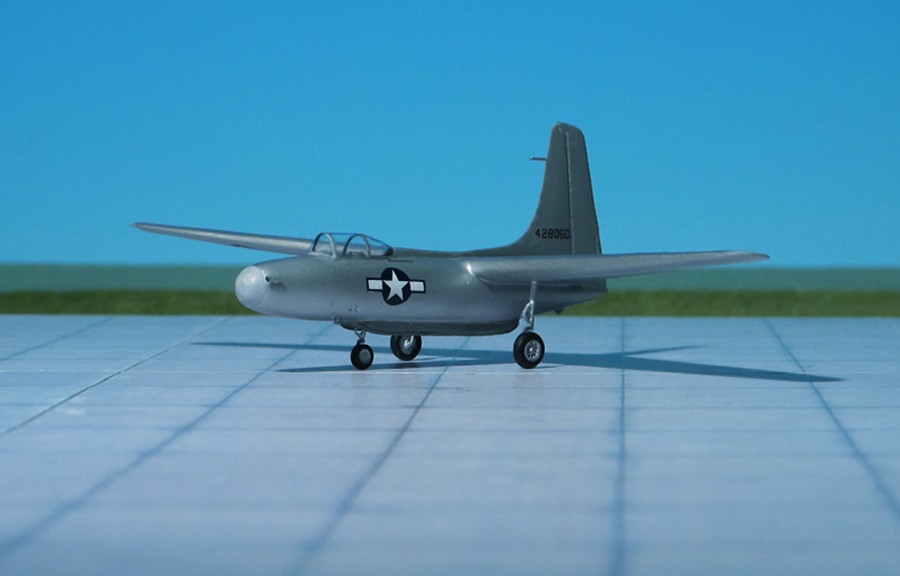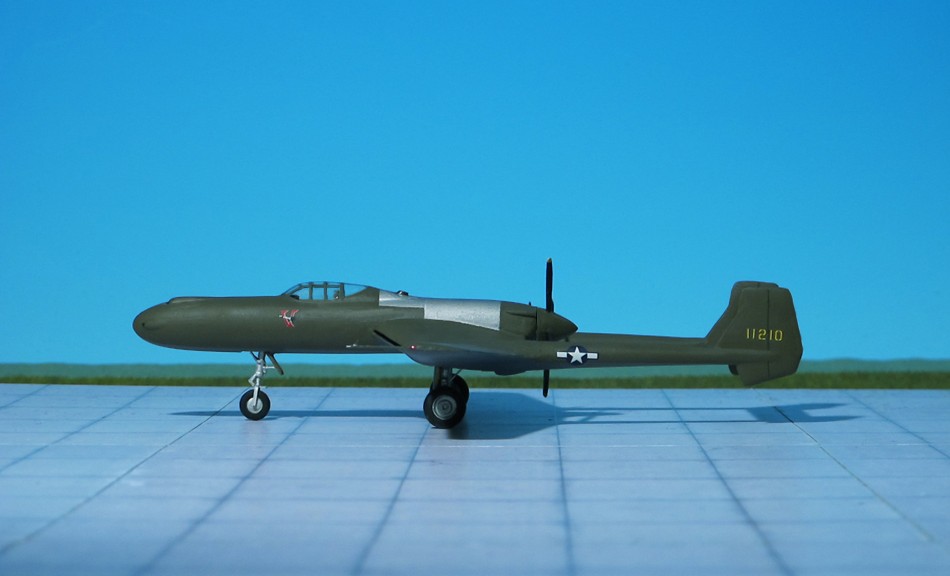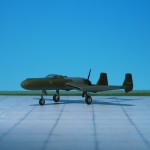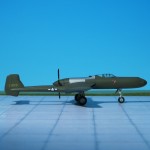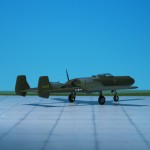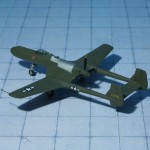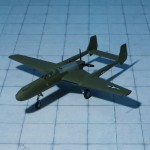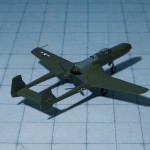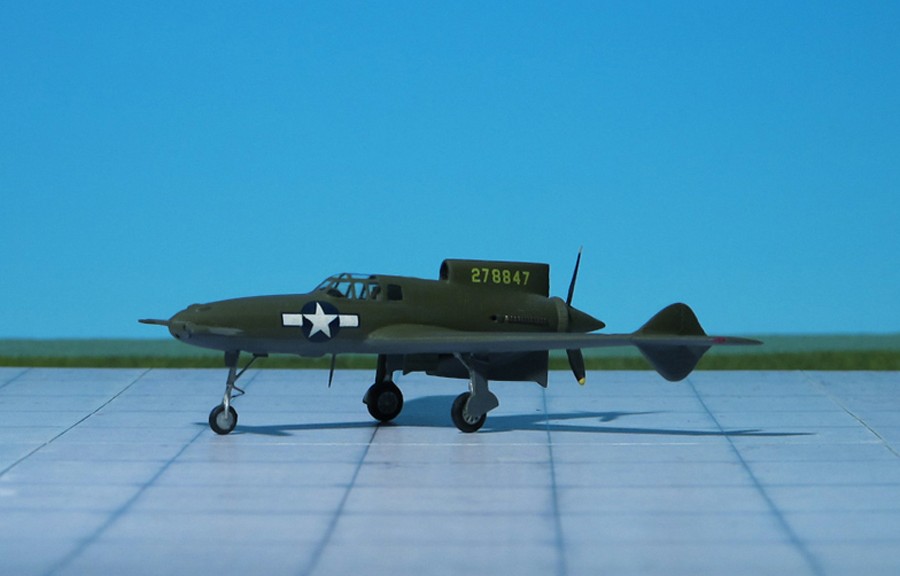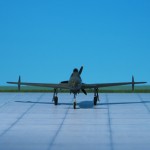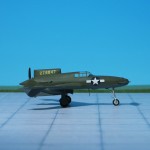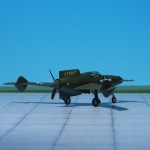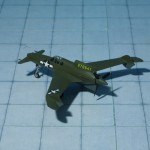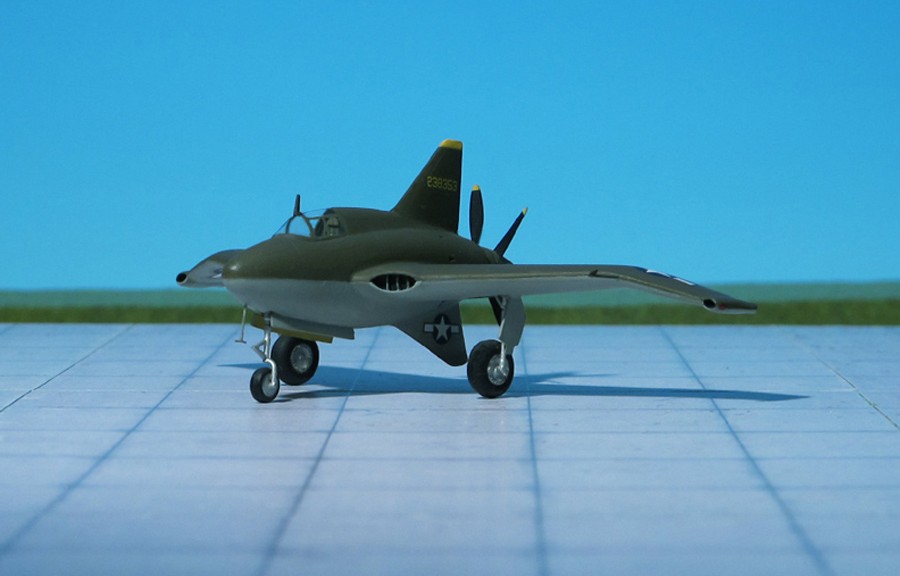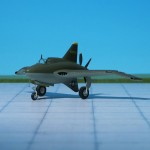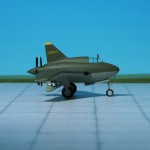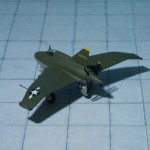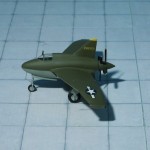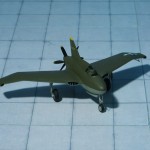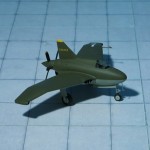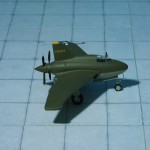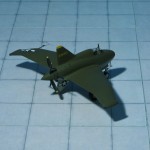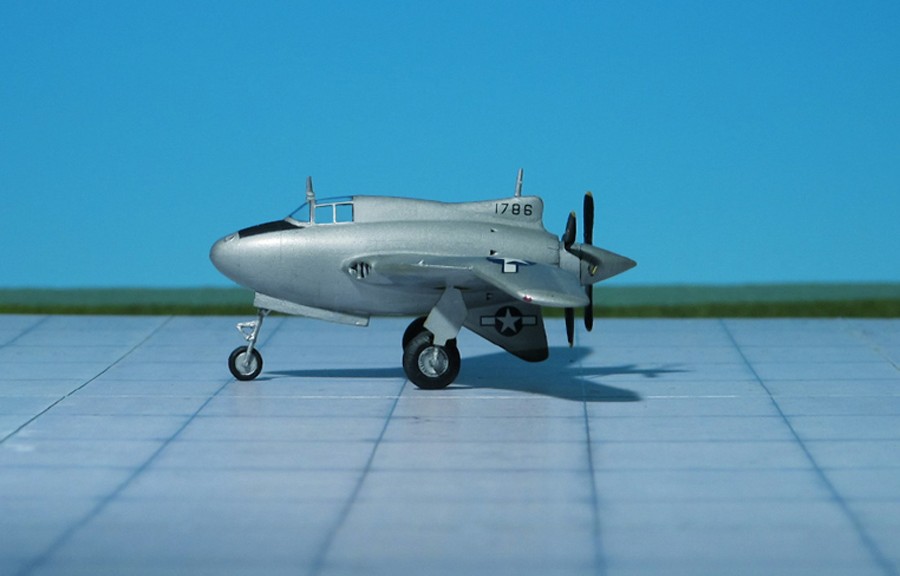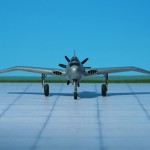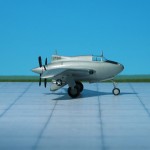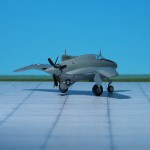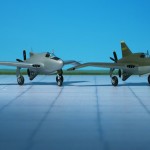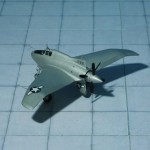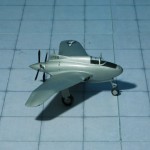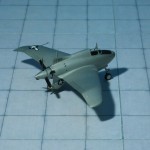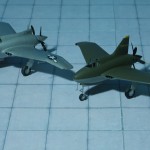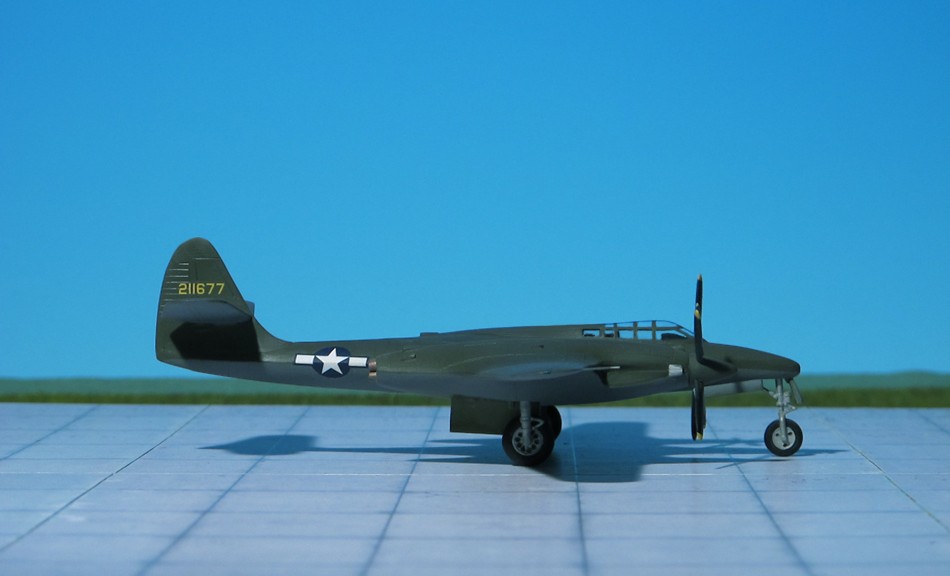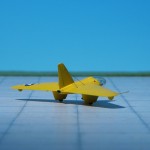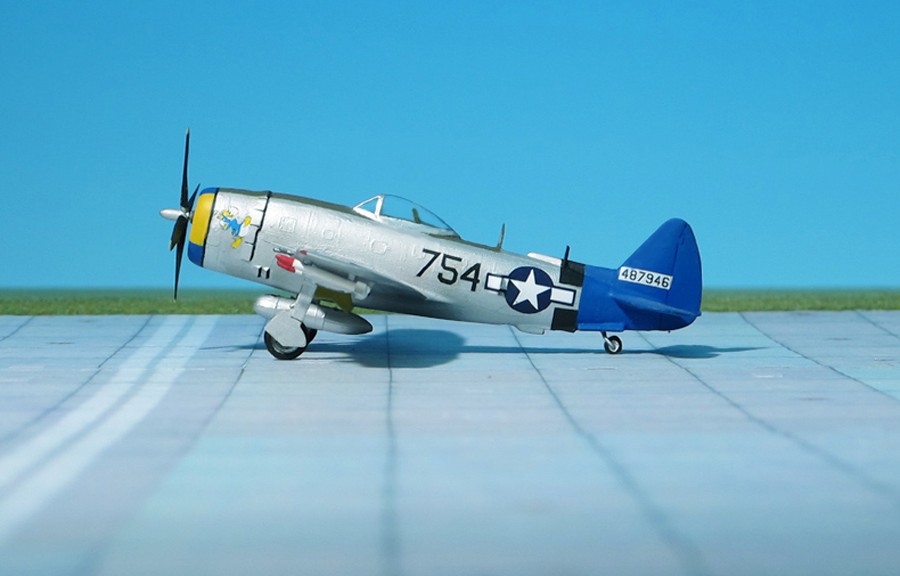TYPE: Target tug aircraft.
ACCOMMODATION: Crew of two
POWER PLANT: One Rolls-Royce Merlin III liquid-cooled engine, rated at 1,030 hp
PERFORMANCE: 304 mph at 17,000 ft
COMMENT: The Boulton Paul Defiant was a British interceptor aircraft that served with the RAF during the Second World War. The Defiant was designed and built by Boulton Paul Aircraft as a “turret fighter”, without any forward-firing guns. It was a contemporary of the Royal Navy’s Blackburne Roc. In combat, the Defiant was found to be reasonably effective at its intended task of destroying bombers, but vulnerable to the Luftwaffe’s more agile, single-seat Messerschmitt Bf 109 fighters. The lack of forward armament proved to be a major weakness in daylight combat and its potential was only realized when it switched to night combat. It was supplanted in the night fighter role by the Bristol Beaufighter and de Havilland Mosquito. The Defiant found use in gunnery training, target towing, electronic countermeasures and air-sea rescue. Among RAF pilots it had the nickname “Daffy”.
About 150 Defiant Mk IIs were converted to target tugs. A wind-driven generator provided power for the target winch. The Defiant T.T.II shown here was a former RAF target tug aircraft later transferred to the 326th BS of the 92nd BG of the US 8th Army Air Force stationed at Podington, UK (Ref.: 23).
